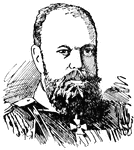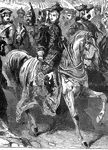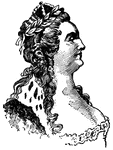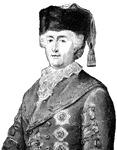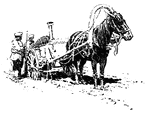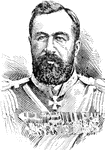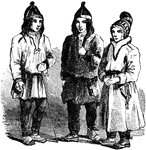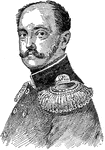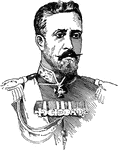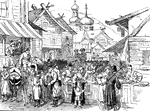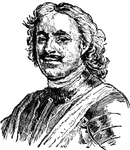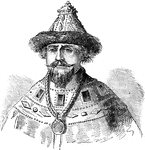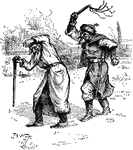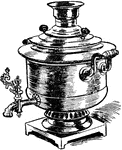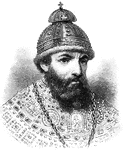Clipart tagged: ‘Russia’
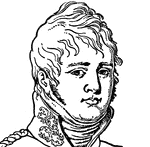
Tsar Alexander I
Drawing of Tsar Alexander I. He was Emperor of Russia, King of Poland, and first Grand Duke of Finland.
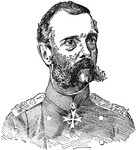
Alexander II of Russia
Also known as Alexander the Liberator. He was the Emperor of the Russian Empire from 1855 until his…
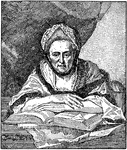
Catherine II
Catherine II was the Empress of Russia from 1762 to 1796. Under her reign, the Russian Empire expanded…
![Catherine II, called Catherine the Great, reigned as Empress of Russia for 34 years, from 9 July [O.S. 28 June] 1762 until her death. Marrying into the Russian Imperial family, she came to power with the deposition of her husband Peter III and then presided over a significant period of growth in Russian influence and culture. She exemplified the enlightened despot of her era.](https://etc.usf.edu/clipart/55800/55855/55855_catherine-ii_mth.gif)
Catherine II of Russia
Catherine II, called Catherine the Great, reigned as Empress of Russia for 34 years, from 9 July [O.S.…
Caucasus
Cross-section of the Caucasus along the Grusinian military road. Dark beds are lava streams.

Russian Children
"The country is densely populated, and we see children everywhere." —Carpenter, 1902

Covered, Cup
This covered cup was made in Moscow, Russia in a German 15th century style. The cup is footed with a…

Covered, Cup
This covered cup was made in Moscow, Russia in a German 15th century style. It has a handle and is in…
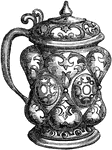
Covered, Cup
This covered cup was made in Moscow, Russia in a German 15th century style. It has a handle and is in…
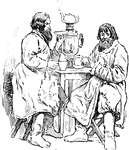
Drinking Tea in Russia
"The Russians drink more tea perhaps than any other people. The tea is served in glass tumblers, with…
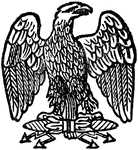
French Eagle
"The Eagle is an emblem in heraldry, war, and legend. The eagle, borne upon a spear, was used by the…
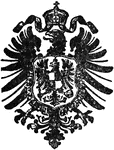
German Eagle
"The Eagle is an emblem in heraldry, war, and legend. The eagle, borne upon a spear, was used by the…

Ivan IV
Ivan IV Vasilyevich (1530 – 1584), commonly known as Ivan the Terrible , was the Grand Prince of Moscow…
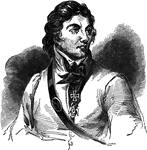
Thaddeus Kosciuszko
Andrzej Tadeusz Bonawentura Kościuszko was a Polish, Lithuanian and American national hero and general.…

The Kremlin
A Russian citadel, which includes four palaces, four cathedrals, and the Kremlin towers. It is the official…
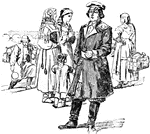
People of Odessa
"Odessa is the chief city of southern Russia, and men from all the countries about come here to trade."…
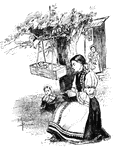
Russian Peasants
"There are trees here and there on each side of the roadway. Under one of them a woman is knitting,…
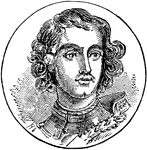
Peter I of Russia
Peter I the Great or Pyotr Alexeyevich Romanov (June 1672–8 February 1725) ruled Russia and later…
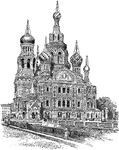
Church of the Resurrection of Christ, Petrograd
The Church of the Resurrection of Christ in Petrograd. It was built on the spot where Alexander II was…
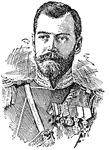
Nicholas II
(1868-1918) Nicholas II or Nikolay Alexandrovic Romanov, czar of Russia, king of Poland, and grand duke…

Samovar
A samovar (literally, self-boiler) is an urn kept at the table to heat and boil water in Russia, commonly…
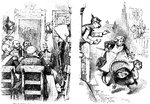
Thanksgiving European Style
Thanksgiving European Style. The powers waiting to divide the Turkey, which Russia is still pursuing.
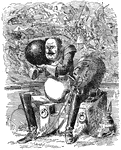
What Nicholas Heard in the Shell
"A cartoon by Sir John Tenniel which appeared in the English journal Punch for June 10, 1854. The tsar…
